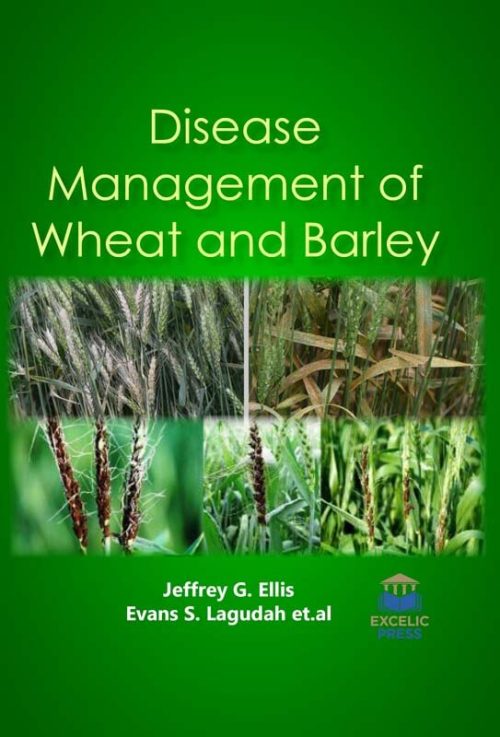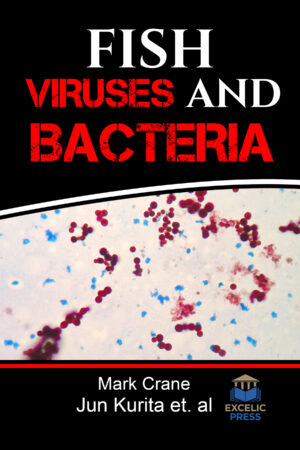Description
Plant diseases are one of the main constraints for agricultural production, leading to great losses annually all around the globe. Plant pathology evolved along with agriculture, starting with the earliest farmers competing against plant pathogens with religious, supernatural or other practices to come to the modern era, where science is used to track the conditions which favor pathogens and consequently allows growers to how to avoid them on a rational basis.
The main focus of this book is on the management of diseases of Wheat and Barley because both are high value, intensively managed crops where the application of pesticides is conducted on a regular basis. It describes different components that influence the development of epidemics and their impact on crop disease management and the whole season approach to manage diseases, disease epidemics, fungicide resistance and its management, integrated pest management, and uses of disease risk assessment tools. In this book, we look at the present state of knowledge of wheat rust resistance genes and application in resistance breeding. We revisit some of the history of the area to refine current thinking in terms of new and historical research findings and consider the future use of R and APR genes in wheat breeding.
Although the focus will be on rusts, other recent advances in disease resistance studies will be incorporated when instructive. Barley plant {disease} (BYD) has been delineated because the most devastating cereal grain disease worldwide inflicting between 11% and 33% yield loss in wheat fields. There has been little focus on the management of the disease in the literature over the past twenty years, although much of the United States still suffers disease outbreaks. With this book, you will gain the most up-to-date information on BYD management used currently in the USA. The book also examines the constraints and possible solutions for modeling the main fungal diseases of winter wheat. Succeeding, the book focuses on the importance of agronomic practice on the control of wheat leaf diseases; characterizing virulence of the Pyrenophora tritici-repents Isolates lacking Both ToxA and ToxB genes; high resolution genetic and physical mapping of a major powdery mildew resistance locus in barley; effect of early foliar disease control on wheat scab severity (fusariumgraminearum) in Argentina; and presowing with bacteria improved the productivity and resistance to fungal root pathogen in wheat and barley. Recent advances in integrated foliar disease management with special emphasis in Argentina wheat production are also explored. This book will be of interest to students, researchers, farmers, and other stakeholders associated with wheat and barley.





